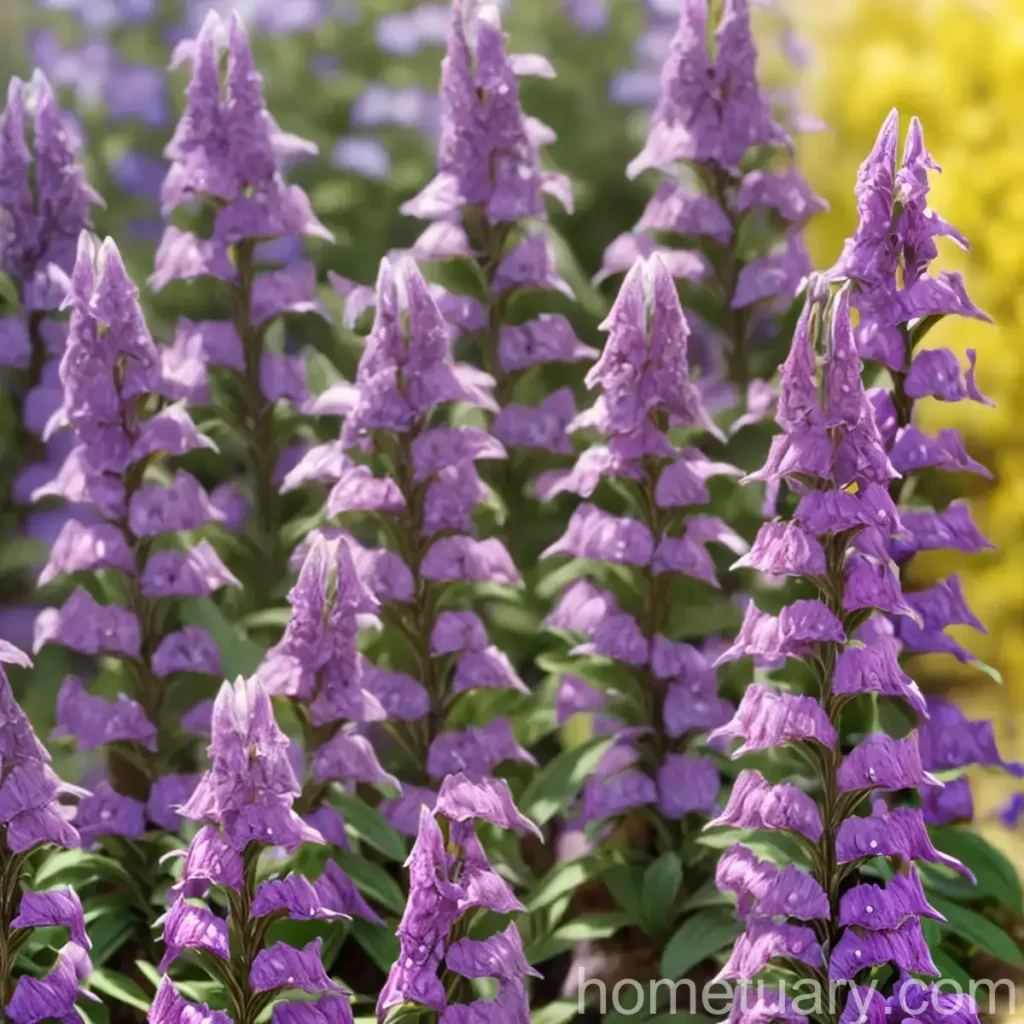Beardtongue (Penstemon ‘Sweet Joanne’): A Gardener’s Guide
Introduction
In the world of gardening, there are few plants that are as versatile, attractive, and low-maintenance as the beardtongue, Penstemon ‘Sweet Joanne’. Whether you are a seasoned gardener or just starting, there is much to learn about this beautiful perennial. From its cultivation and uses to its pests and diseases, this comprehensive guide aims to provide you with in-depth knowledge about this charming plant.
What is Penstemon ‘Sweet Joanne’?
Penstemon ‘Sweet Joanne’, commonly known as beardtongue, is a herbaceous perennial that belongs to the Plantaginaceae family. Native to North America, it is a favorite among gardeners for its profusion of tubular flowers and its ability to attract pollinators such as bees and hummingbirds.
Key Takeaways
Here are some key takeaways about Penstemon ‘Sweet Joanne’:
- Scientific Name: Penstemon ‘Sweet Joanne’
- Common Name: Beardtongue
- Family: Plantaginaceae
- Native Habitat: North America
- Characteristics: Tubular flowers, attractive to pollinators
- Uses: Ornamental, attracts bees and hummingbirds
Now that we have introduced Penstemon ‘Sweet Joanne’, let’s delve deeper into its cultivation, uses, and care tips.
Cultivation
Water
Penstemon ‘Sweet Joanne’ prefers well-drained soil and moderate watering. Being native to North America, it is relatively drought-tolerant once established. However, regular watering is essential during the initial establishment phase and in periods of prolonged drought.
Sunlight
As for sunlight, Penstemon ‘Sweet Joanne’ thrives in full sun to partial shade. It is important to provide it with at least 6-8 hours of sunlight daily to ensure healthy growth and abundant flowering.
Fertilizer
When it comes to fertilization, beardtongue does not require heavy feeding. A balanced, slow-release fertilizer applied in spring can help promote vigorous growth and blooming. Avoid excessive use of high-nitrogen fertilizers, as this can lead to lush foliage at the expense of flowers.
Soil
The ideal soil for growing Penstemon ‘Sweet Joanne’ is well-drained, fertile, and slightly acidic to neutral. Amending the soil with organic matter such as compost or well-rotted manure can improve its structure and fertility, benefiting the plant’s overall health.
Pruning
Pruning is relatively simple when it comes to Penstemon ‘Sweet Joanne’. In late fall or early spring, cut back the spent flower stems to encourage new growth and further blooming. Additionally, removing old, woody stems can help rejuvenate the plant and maintain its vigor.
Propagation
Penstemon ‘Sweet Joanne’ can be propagated from both seeds and stem cuttings. Seeds can be collected from the plant after the flowering period and sown indoors in late winter for transplanting outdoors in spring. Stem cuttings taken in summer and rooted in a well-draining medium can also result in viable new plants.
Container Popularity
Given its adaptability, Penstemon ‘Sweet Joanne’ is a popular choice for container gardening. Its upright growth habit and attractive flowers make it a charming addition to patios, balconies, and small gardens.
Common Diseases
While generally resistant to most common plant diseases, Penstemon ‘Sweet Joanne’ may occasionally suffer from root rot if grown in poorly-drained soil or subjected to overwatering. Ensuring proper soil drainage and avoiding waterlogged conditions can help prevent this issue.
Disease Diagnosis
Diagnosing diseases in Penstemon ‘Sweet Joanne’ involves observing the plant for symptoms such as wilting, yellowing leaves, or stunted growth. If suspected, it is important to act promptly, which may involve adjusting watering practices, improving soil drainage, or applying appropriate fungicides.
Common Pests
The most common pests that may affect Penstemon ‘Sweet Joanne’ include aphids, spider mites, and slugs. Regular inspection of the plant and prompt action using organic or chemical controls can effectively manage these pests and protect the plant’s health.
Botanist’s Tips
- Choose a suitable site with well-drained soil and ample sunlight for planting Penstemon ‘Sweet Joanne’.
- When transplanting from containers, handle the root ball gently to avoid damaging the delicate roots.
- Apply a layer of mulch around the base of the plant to conserve soil moisture and suppress weed growth.
Fun Facts
- Penstemon ‘Sweet Joanne’ is named after 18th-century Swedish botanist Carl Linnaeus, who classified the plant within the Penstemon genus.
- Various Native American tribes historically used different species of Penstemon for medicinal purposes, including treatments for sore throats and stomach ailments.
External Resources
For further information and resources about Penstemon ‘Sweet Joanne’, consider visiting the following links:
- American Penstemon Society
- Royal Horticultural Society – Penstemon
- University of Minnesota Extension – Growing Penstemons
In the next sections of this comprehensive guide, we will explore more about the benefits of planting Penstemon ‘Sweet Joanne’, its landscaping ideas, and its role in various garden settings.















